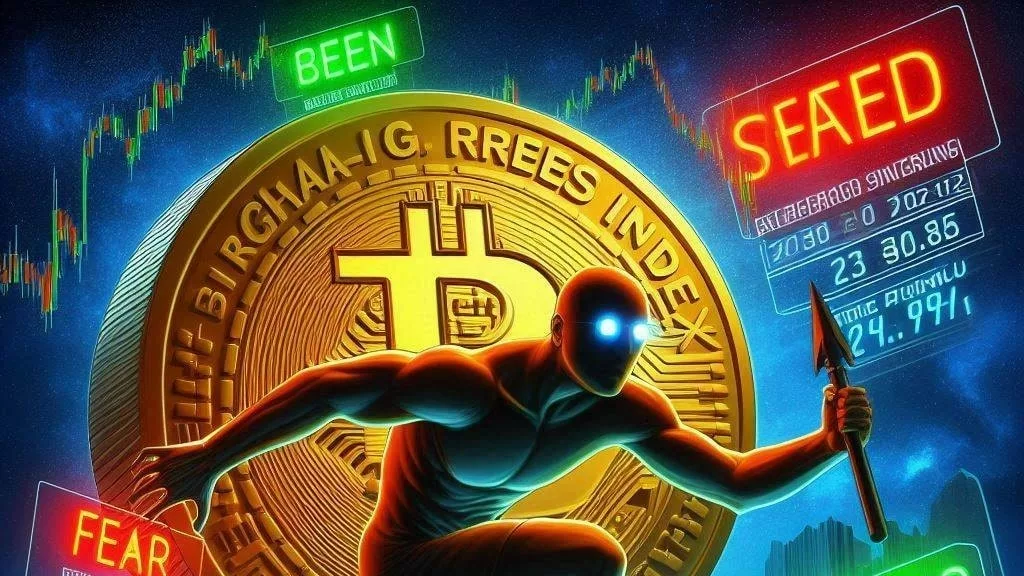
The cryptocurrency market is witnessing a tense tug-of-war between bullish and bearish sentiment as the Bitcoin Fear & Greed Index recently fell into the “fear” zone. On Friday, the index registered a score of 37, according to data from Crypto Quant, indicating a heightened sense of caution among investors. However, by Saturday morning, there were signs of recovery, with the index climbing to 47, which is classified as neutral.
At the time of writing, Bitcoin (BTC) has experienced a slight increase, trading at $62,222—a rise of 1.15% since the previous day. This uptick follows a more significant surge of 3% on Friday, when Bitcoin managed to break the $62,000 mark, largely influenced by positive economic data from the United States.
The recent spike in Bitcoin’s price can be attributed to a stronger-than-expected U.S. jobs report released on Friday. The report indicated the creation of 254,000 jobs in September, well above economists’ forecasts of 140,000. Additionally, the unemployment rate dropped to 4.1% in August from 4.2%, suggesting a more robust U.S. economy. This economic stability can alleviate fears of aggressive rate hikes by the Federal Reserve, fostering a more favorable environment for risk assets like Bitcoin.
Amidst this fluctuating sentiment, there are indications that institutional investors are actively participating in the market. A recent report by Far side Investors revealed that BlackRock, a leading asset management firm, was the only major institution to purchase Bitcoin during this period, acquiring $40.8 million worth of BTC on October 1.
In contrast, several other prominent funds displayed a different approach. Funds such as Wisdom Tree’s BTCW and Coin Share Valkyrie’s BRR made no transactions, while others like Van Eck’s HODL and Fidelity’s FBTC offloaded substantial amounts of Bitcoin—$15.8 million, $84.3 million, $32.7 million, and $144.7 million, respectively. This selling pressure from certain funds adds another layer of complexity to the current market dynamics.
The Fear & Greed Index serves as a valuable tool for gauging market sentiment. A score in the fear zone typically suggests that investors are cautious, which can result in price volatility. However, it is essential to interpret these signals in the context of broader market trends and economic conditions.
The shift from fear to a neutral reading indicates a possible stabilization in market sentiment, which could be a precursor to more sustained price movements. Traders and investors often look for these indicators to make informed decisions about their investments.
The current landscape for Bitcoin is marked by uncertainty, driven by a mix of fear and potential optimism. While the recent job data offers a glimmer of hope for economic stability, the mixed signals from institutional investors suggest that caution remains prevalent in the market.
As the Fear & Greed Index fluctuates, traders should remain vigilant, closely monitoring both economic indicators and market sentiment. The ongoing battle between bulls and bears will likely shape Bitcoin’s trajectory in the near term, and investors will need to navigate these complexities carefully to capitalize on potential opportunities.
In summary, while the immediate outlook may appear cautious, the economic fundamentals could set the stage for renewed interest and investment in Bitcoin as the market seeks to find its footing.



Get the latest Crypto & Blockchain News in your inbox.